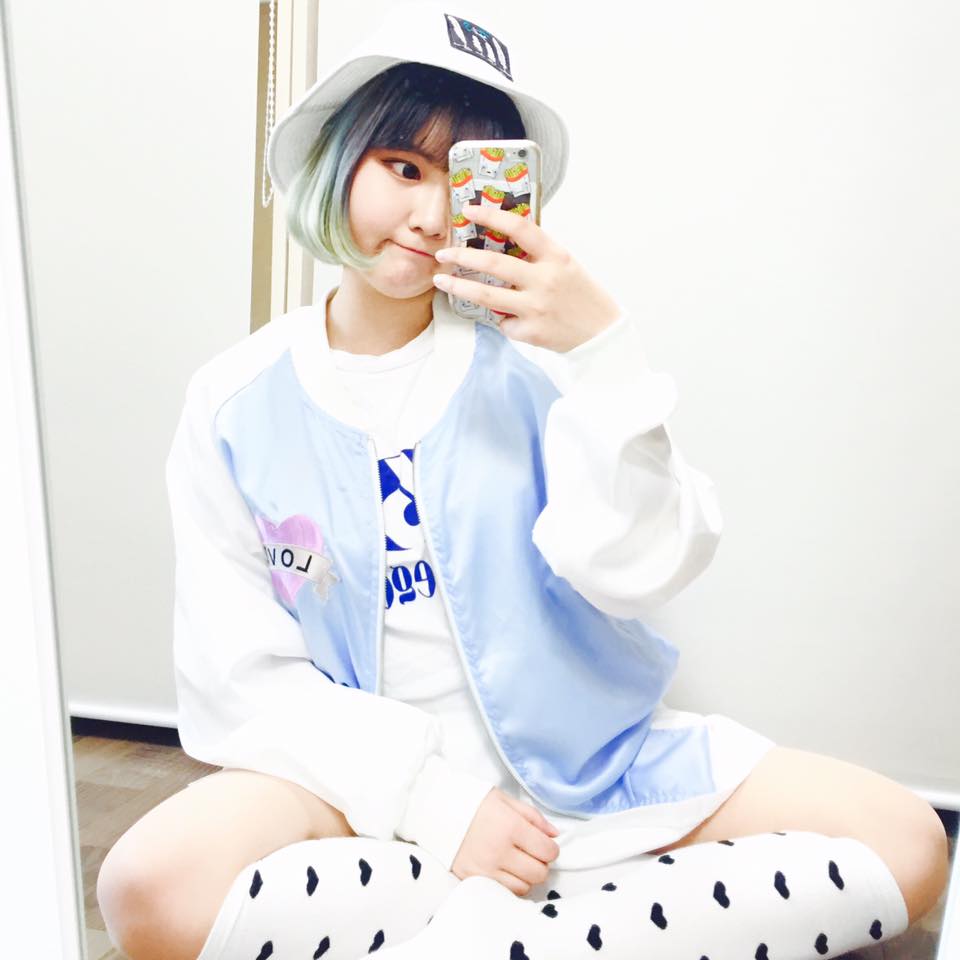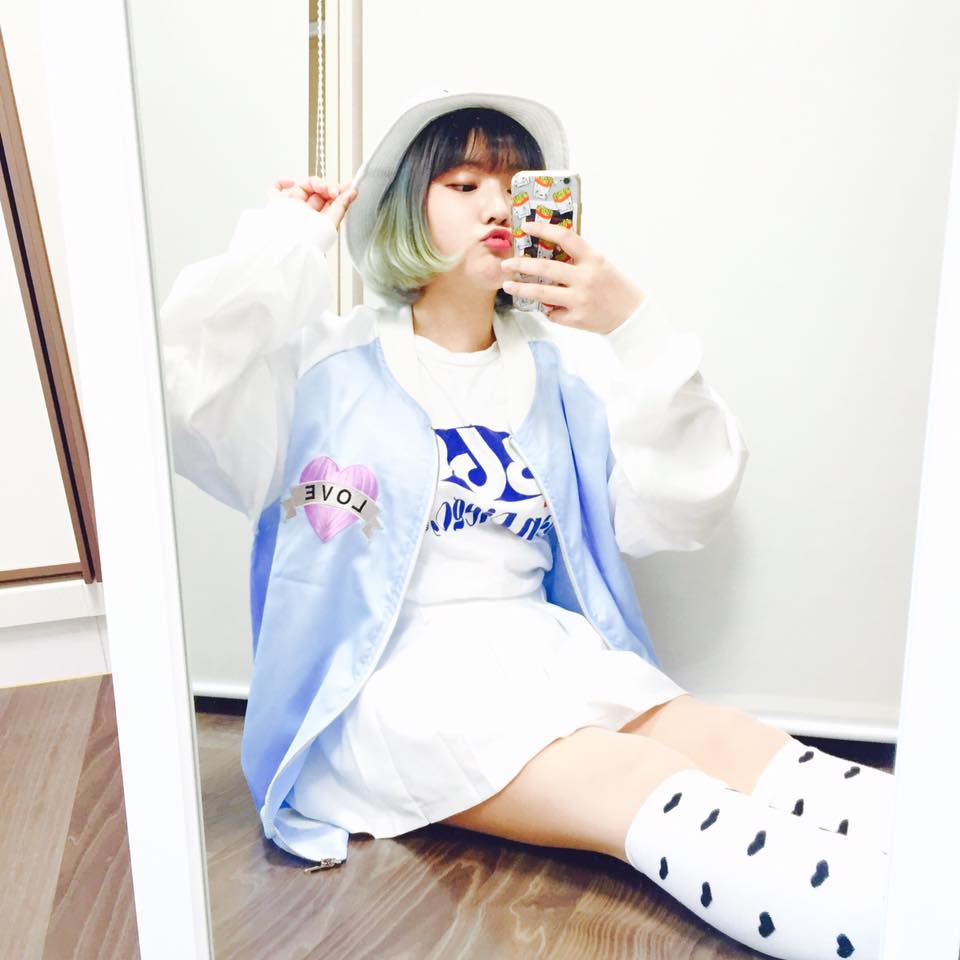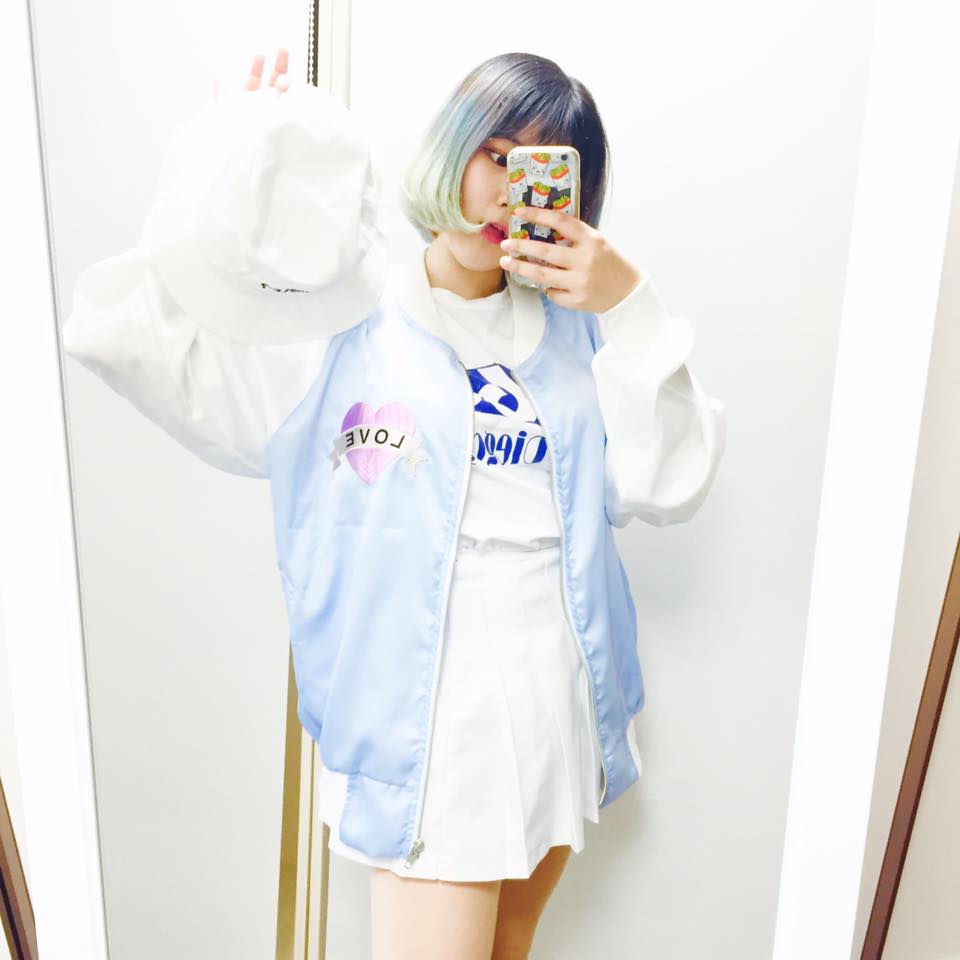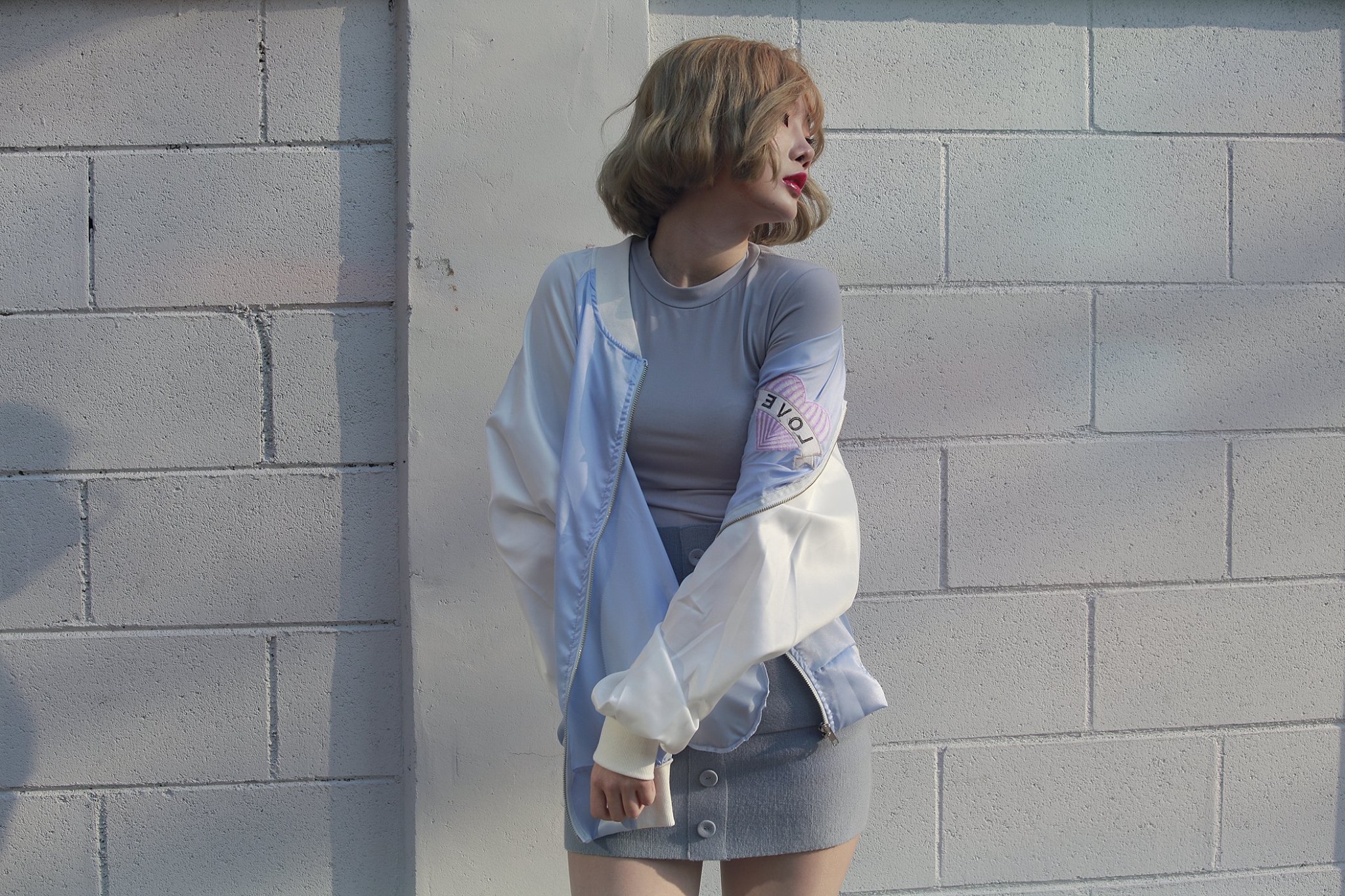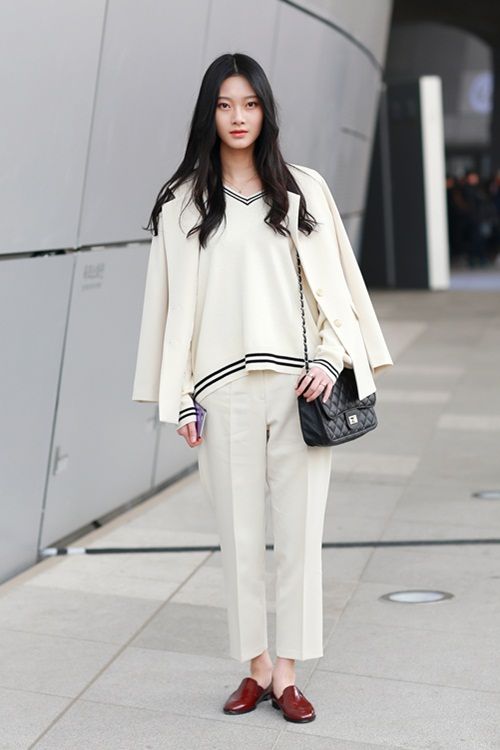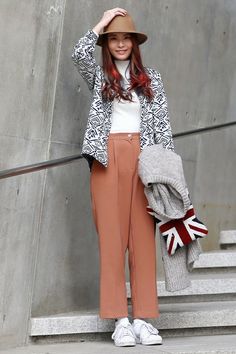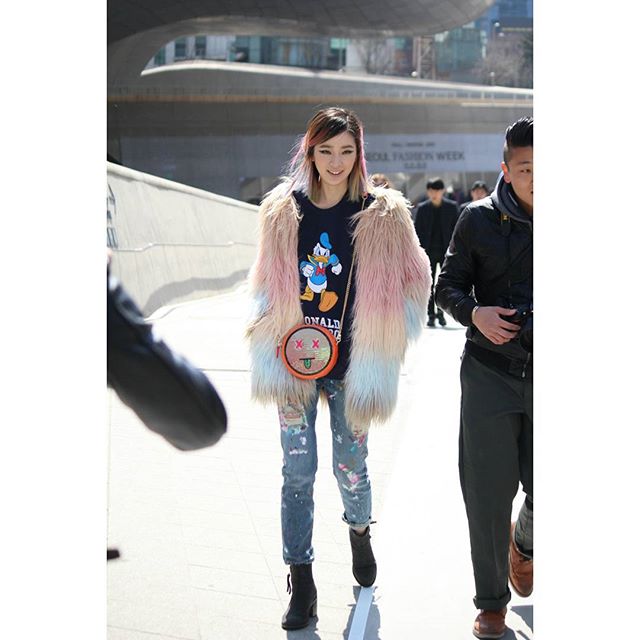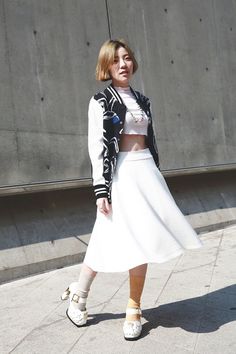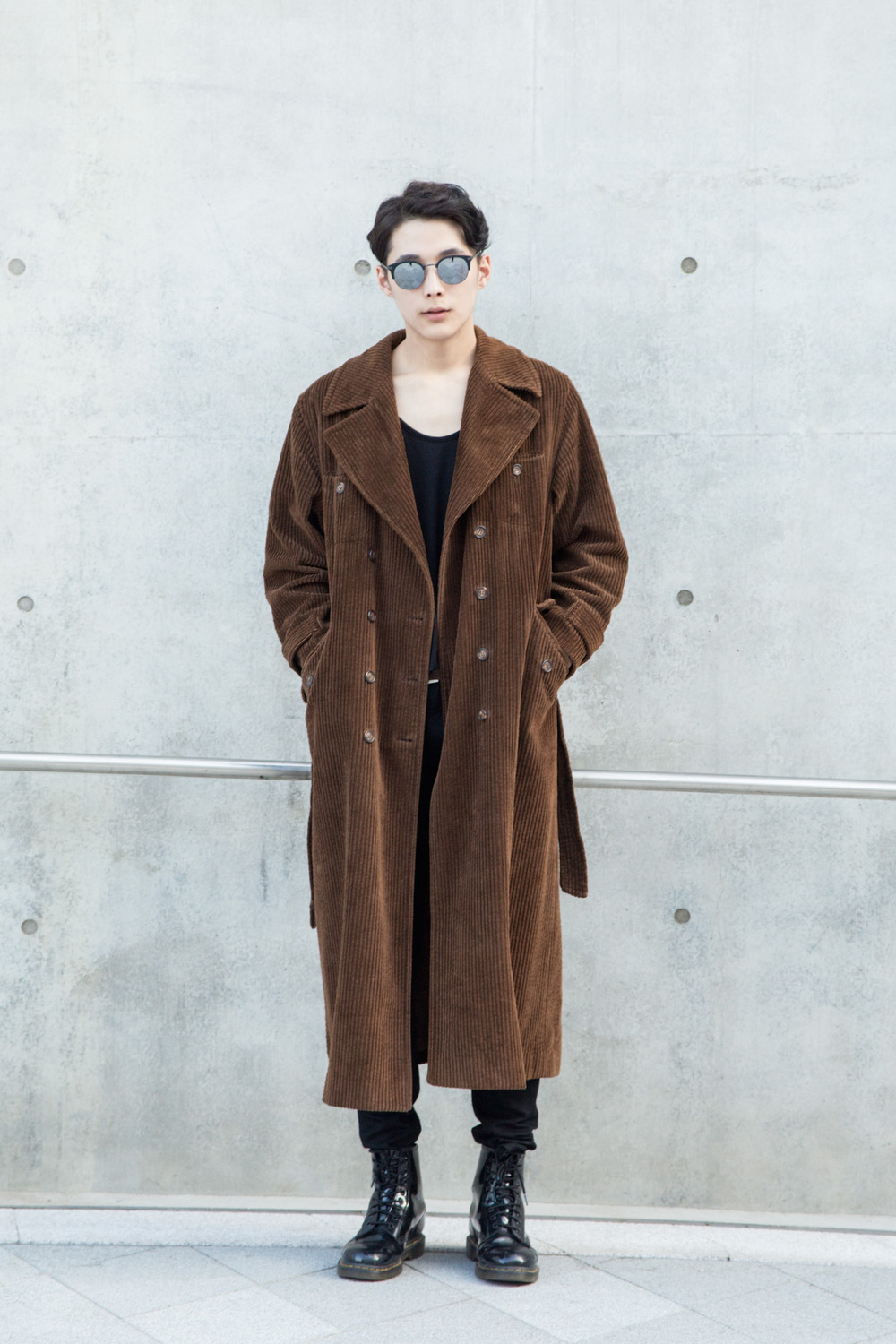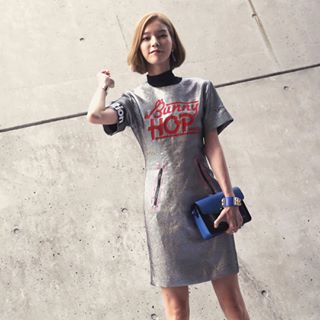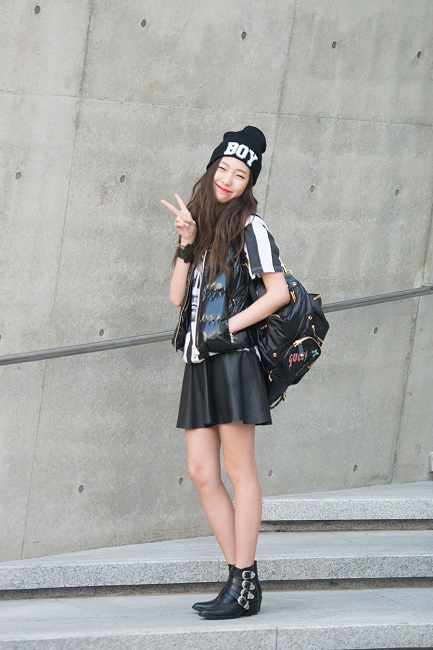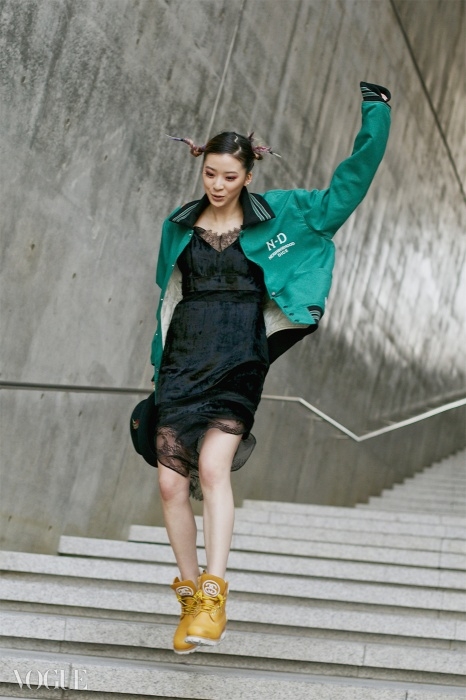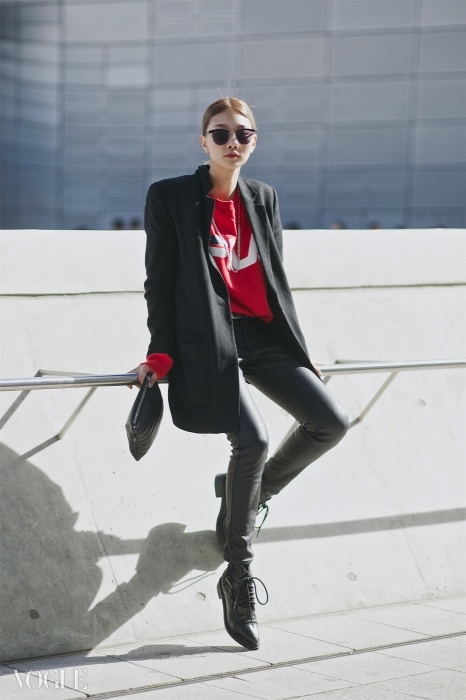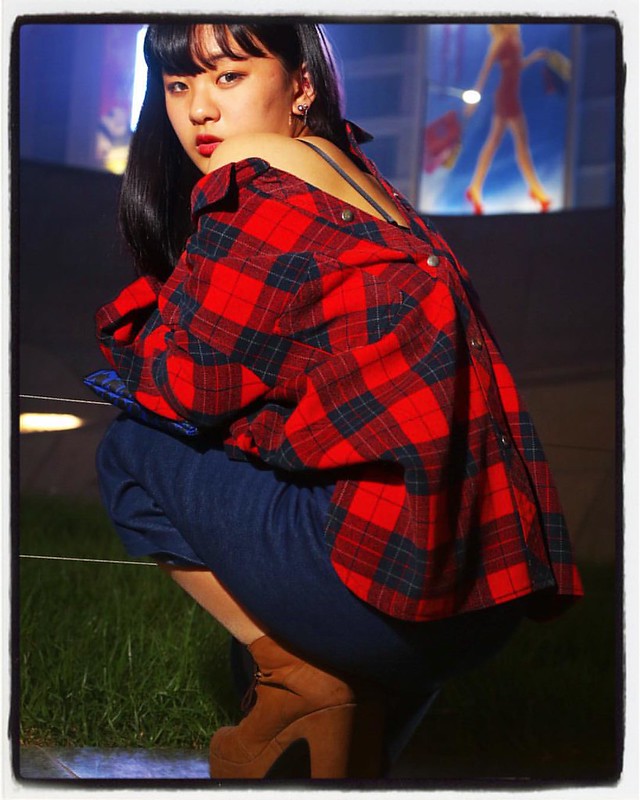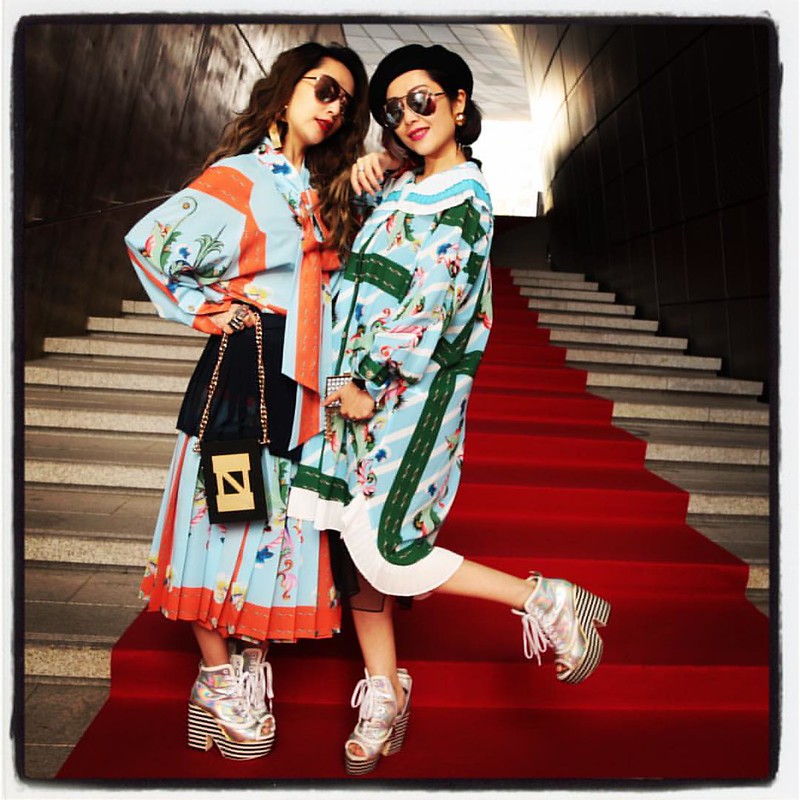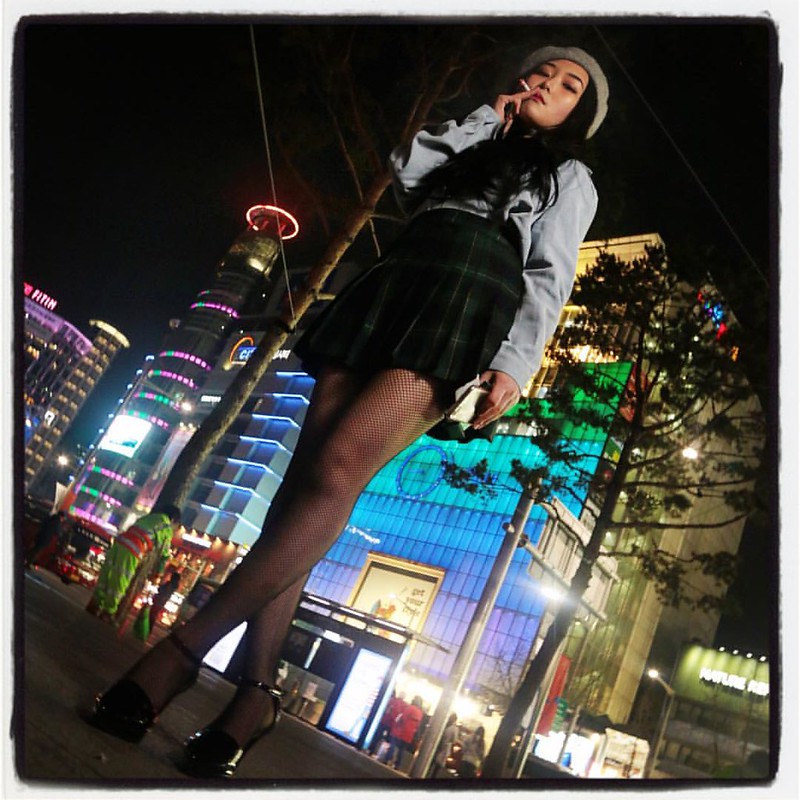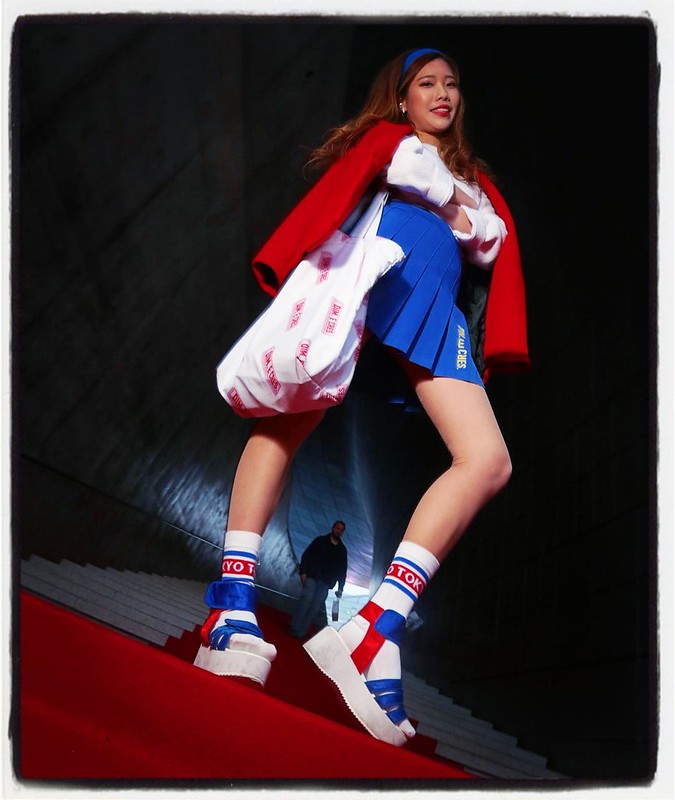My chamber music instructor always reminded me, "Watch the changes." In key; in tempo; and in dynamics. Otherwise, you lose the music and you get lost. The same is true when one is looking at any society.
As someone who is looking at the big picture -- not just the individual notes and marks on the paper -- I realize that the thing one really must pay attention to are the changes. If one is looking at clothing and clothing practices as a marker of social change, one also must note the changes. In gender norms; in sartorial practice; in tone and tempo.
And after living in the Korean provinces in the 1990s then returning to live since 2002 in the capital city of Seoul and deciding to watch and note the changes with my camera, I got to indulge the the hunch that something interesting was afoot here. And roundabout the end of 2006, after having decided to retire my SLR film bodies and go fully digital with my Canon EOS 650d DSLR, I decided to blog these changes as I recorded them with pictures. By 2009, after three years doing street fashion photography pretty much on my own in Seoul, I had published a book called The Seoul Fashion Report, in which I made the following announcement/pronouncement:
Pretty bold prognostication, but it pretty much came troo, dinnit?
I hadn't finished my doctoral dissertation yet (and wouldn't until 2014), as i was caught up with photography and the street until that combined into "street fashion" -- and did that for many years, in thrall as I was to what documentary photographer Walker Evans called "the hungry eye."
Of course, as I track changes in Korean society through fashion, and as the documenting of everyday fashion and shooting folks on the streets has itself become a fashionable thing to do, I have been confused with those who market, consider, and call themselves "street fashion photographers." But the reason I bristle at this moniker lies in the fact that for me, the cloths that people hang from their bodies are not the main items of interest for me, and is actually not what gets my juices going and flowing.
Which is one reason I purposefully resist and thumb my nose at the new cadre of "street fashion photographers" and those who use that social position and identifier as an additional cache of cool. I think as a photographer who documents social change through sartorial changes, and do not fetishize clothing in the original sense of the term, which is the worshipping of inanimate objects believed to have magical powers -- totems of power not much different from the magical objects and amulets seen in films such as Lord of the Rings. Indeed, the totemic objects of power in modern, consumer societies are largely sartorial, i.e. objects of adornment that follow the prevailing winds of fashion. Much like totems in "primitive" societies, modern totems denote group belonging via brands (such as the LV of Louis Vuitton), identification with a lifestyle (such as with tattoos or piercings), or even the possession of taste or distinction itself (of which the Korean paepi are displaying they are amply possessed).
As a photographer and visual sociologist, I am much more interested in clothing as social texts, as specific social statements about the wearer, as opposed to being looked at as mere fashion fetish objects. In short, I am a photographer/sociologist who became interested in what clothing as social text conveys about society; I'm a photographer who became concerned with fashion, not a fashion person who picked up a camera to be cool.
Which is one reason I often -- very often -- choose to take a close look at things that aren't necessarily fashionista-level fashionable but still occur in high frequency for some reason, reasons I'd like to know more about. That is the way I am guided to document trends -- initially not merely by my preferences, but also by what I notice, as an observer of the streets, occurring in higher levels of statstical frequency. So if girls are wearing socks with sandals all of a sudden and all over Seoul, it's worth recording.
People often ask why I shoot girls most of the time. The answer is easy, although people often think I'm being flip or facetious. I simply state that fashion, as a field of sartorial concerns, is dominated through and through by female subjectivity. Yet women, in the big picture, are fashion's biggest object. Put more simply, women tend to be those most interested in, concerned with, and objectified by fashion. That being said, the male gaze dominates the fashion field, even if all those who possess the heterosexual "male gaze" are not all male. Or even heterosexual. Again, from the 2009 Seoul Fashion Report:
Put more simply, I am possessed of a strong, heterosexual male gaze, tinged with a good bit of interest in the standard objects of totemic, sexually fetishistic, mainstream, straight male desire. I used to feel quite guilty about this coming through in my photographs and tried to suppress it. However, not only was this hard to do, it was dumb to do, since this fact of my identity and sexual subjectivity still comes through, but just more muffled and distorted -- in a word, dishonest. Denying this just makes for dishonest-feeling photographs, watered down statements, a mumbled and jumbled message. Even shorter, it makes for weak sauce work. So, I decided to stop apologizing for it and trying to deny its existence and do the best, logical thing: harness this heterosexual male gaze to allow it to lead me to best seek and target fashion items that are, as just mentioned, themselves objects of that very male gaze, within a field of social concerns in which women are both main subjects and the object. If fashion items are totemic objects of fetiche, then what better thing to harness than a totem/fetish object-sniffing sexual-sartorial sense? That's my story, anyway., and I'm sticking to it.
My kind of street fashion portrait.
This picture defines my style of and approach to street fashion photography: from the ground up, full of the real feels that define not just the motivations of the voyeur but the subject's exhibitionist imperative, of both objectifier and the self-objectified. In the instant of the fashion photographic moment, one should be able to get a feel of the relationship between the subject and photographer, since it's a two-way street. Especially with street fashion, it's not just voyeurism at play -- it's very much about a subject who wants to exhibit, to be exhibited. It's a proud moment for both. In the picture above, Hyeran's prideful pose is metonymic of the pride the entire photographic portrait itself represents for me, the photographer. It sounds complex when stated, but I think that's why this picture works. She knows me and trusts me 1) because I've shot her before and 2) she's looked me up and has seen my long track record with street fashion in Korea , and 3) she is thereby confident that I'm not just taking the picture to get a look up her skirt (on top of the fact that she's been shot enough to know that I know exactly what I'm doing, especially if the key light from the flash is coming from the above, which preserves a nice, necessary shadow that obscures everything under her skirt and which also happens to help obscure under-the-chin rolls). This is why I keep up with Hyeran on social media and watch everything she does in terms of the conscious and unconscious statements she makes in terms of clothing, self-adornment, and gender.
All this is also why my interest in street fashion photography has only grown over time, instead of fading, and why -- with all the interesting things roiling and boiling inside of out of Korean society and popular culture, enabled as it has been by world-connecting social media and the Internet -- Korean street fashion has definitely become something the entire world has started to take a closer look at. And given how fast Korean society changes, there are a lot of things to watch develop, complexify, combine, split, then recombine again, metamorphasize, mutate, and grow into even more fascinating things worth watching.
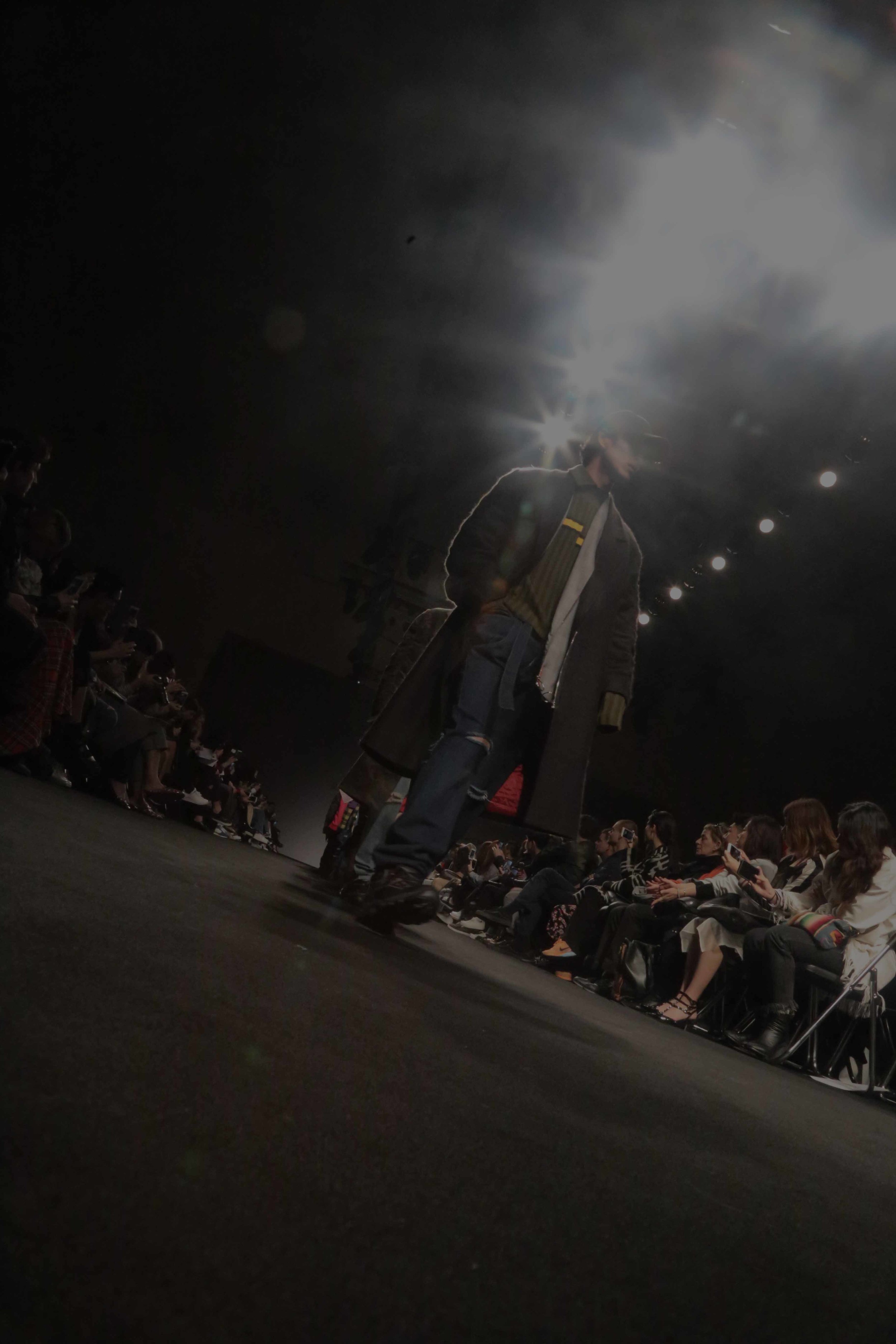



















![The entire image, uncropped. [Source] ](https://images.squarespace-cdn.com/content/v1/56e92599a3360ca7c0e2b668/1460719831791-CCL78O0FGCR2NDC9TD8T/image-asset.jpeg)


















